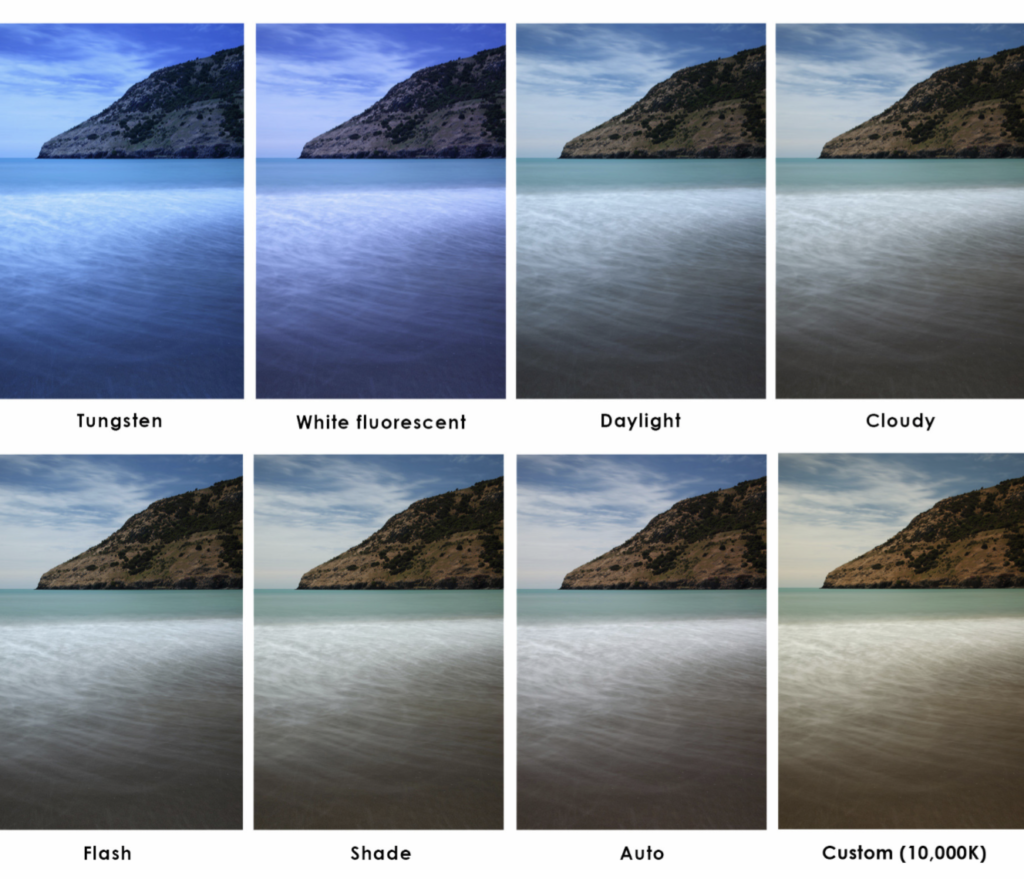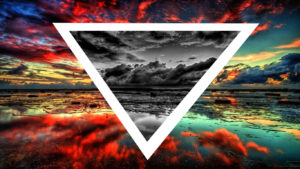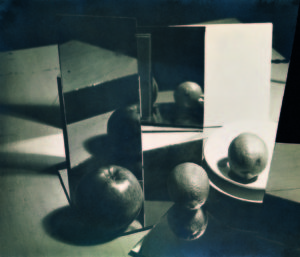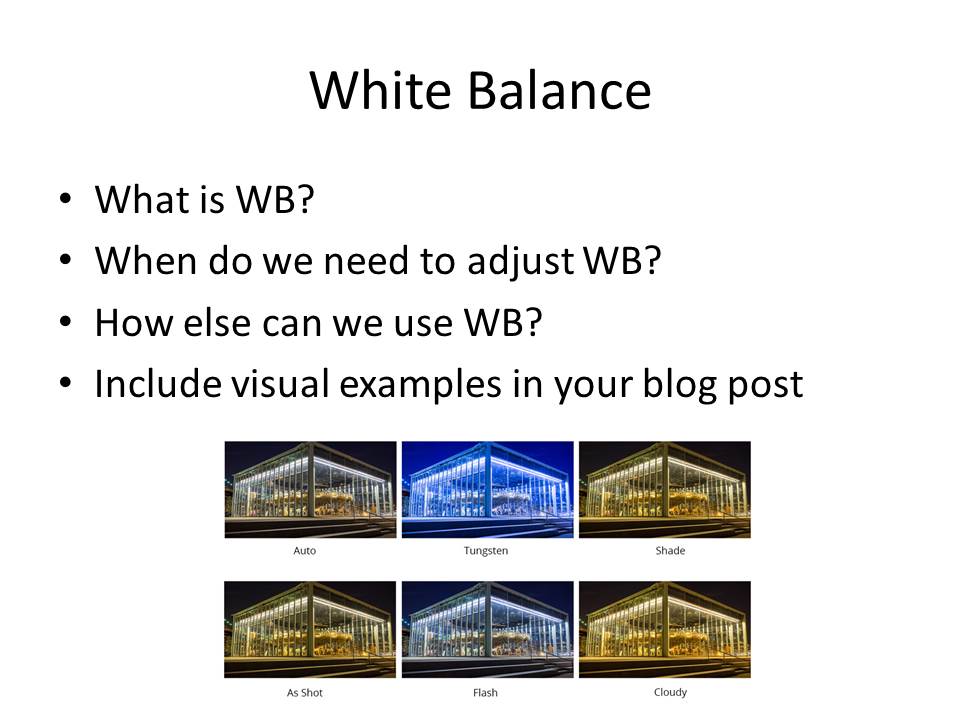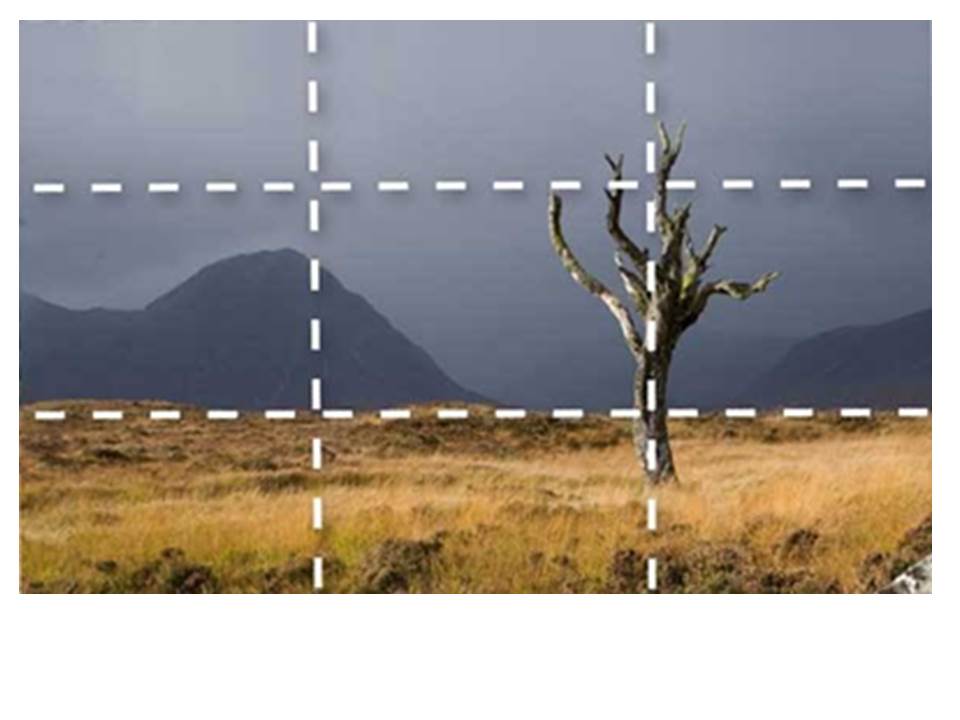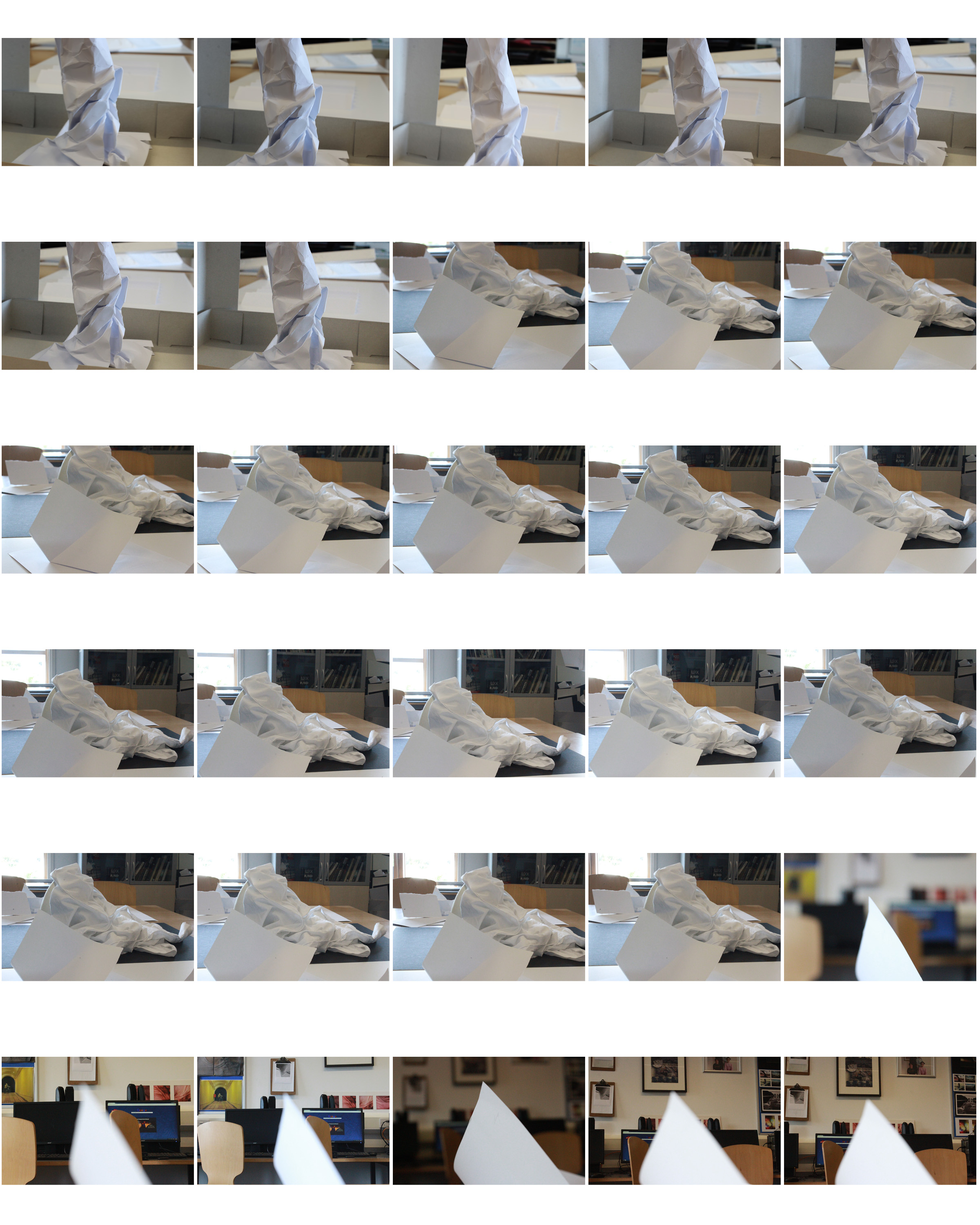
For this shoot I wanted to experiment the same shot and how it works ind developing detail, colour,and background when changing the ISO and Aperture settings.these photos devoted from 100 to 1600 doubling every time.
The ISO speed determines how sensitive the camera is to incoming light. Similar to shutter speed, it also correlates 1:1 with how much the exposure increases or decreases. However, unlike aperture and shutter speed, a lower ISO speed is almost always desirable. As a result, ISO speed is usually only increased from its minimum value if the desired aperture and shutter speed aren’t otherwise obtainable.This can cage depending to lighting or if it happens to be a very quick shutter speed to capture an action shot. With the first few images you can see the development of a lower to higher ISO level. It slowly looses the detail and becomes too exposed and is unable too capture the image; as seen before.The ghee exposure is available to ‘film grain” seen in traditional photography.
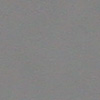 Low ISO Speed
Low ISO Speed(low image noise)
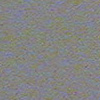 High ISO Speed
High ISO Speed(high image noise)
Secondly I focused on Aperture. Aperture is when A camera’s setting controls the area over which light can pass through your camera lens,uch like exposure and alliance of light. It is specified in terms of an f-stop values. In photographer slang, when someone says they are “stopping down” or “opening up” their lens, they are referring to increasing and decreasing the f-stop value, respectively. this is the widening snd retraction of the lens to determine the amount of access to light they wish to capture. This is the second half of the photos and the development detail and focus within the images.
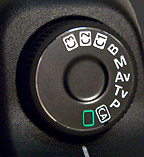

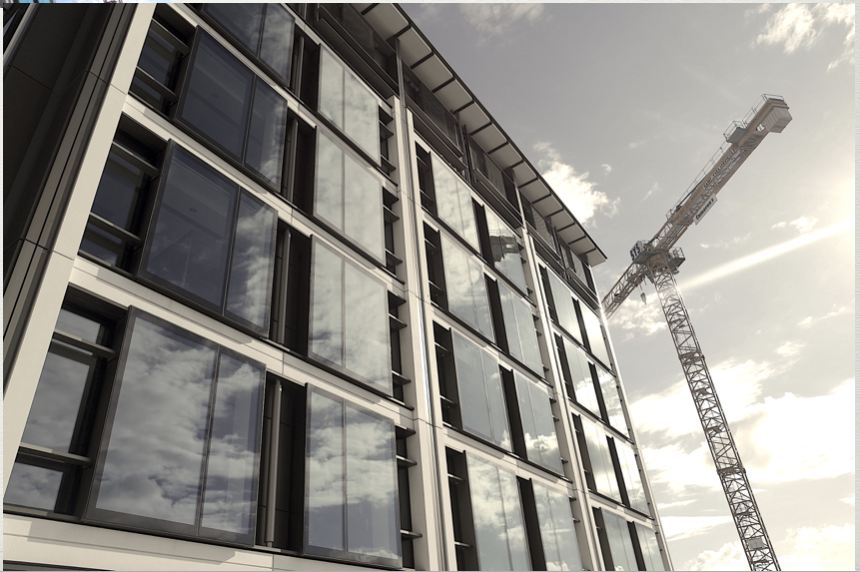
 The defining characteristic of a contact print is that the resulting print is the same size as the original, rather than having been projected through an enlarger.A contact sheet is not to differ your image or create an illusion of the image,but display and emphasis the original images and similar.You are usually able to see a distinct choice in the paper within circles and marks of significance.
Highly respected and influential photographers are called magnum photographers who produce beautiful contact sheets.
Magnum Contact Sheets reveals how Magnum photographers have captured and edited their best shots from the 1930s to the present. The contact sheet, a direct print of a roll or sequence of negatives, is the photographer's first look and understanding around the scenario at what he or she has captured on film, and provides a uniquely intimate glimpse into their working process.It is more detailed and emphasise journalism within the development of a shoot and a conservation of the persons emotive reflection. It records each step on the route to arriving at an imageproviding a rare behind-the-scenes sense of walking alongside the photographer and seeing through their eyes.
The defining characteristic of a contact print is that the resulting print is the same size as the original, rather than having been projected through an enlarger.A contact sheet is not to differ your image or create an illusion of the image,but display and emphasis the original images and similar.You are usually able to see a distinct choice in the paper within circles and marks of significance.
Highly respected and influential photographers are called magnum photographers who produce beautiful contact sheets.
Magnum Contact Sheets reveals how Magnum photographers have captured and edited their best shots from the 1930s to the present. The contact sheet, a direct print of a roll or sequence of negatives, is the photographer's first look and understanding around the scenario at what he or she has captured on film, and provides a uniquely intimate glimpse into their working process.It is more detailed and emphasise journalism within the development of a shoot and a conservation of the persons emotive reflection. It records each step on the route to arriving at an imageproviding a rare behind-the-scenes sense of walking alongside the photographer and seeing through their eyes.
 Contact sheets are part of the "decisive moment”it captures a specific moment within their shutter and then furthers to the oversize best capture and desire within their possible one in a million photo.
Contact sheets are part of the "decisive moment”it captures a specific moment within their shutter and then furthers to the oversize best capture and desire within their possible one in a million photo.
